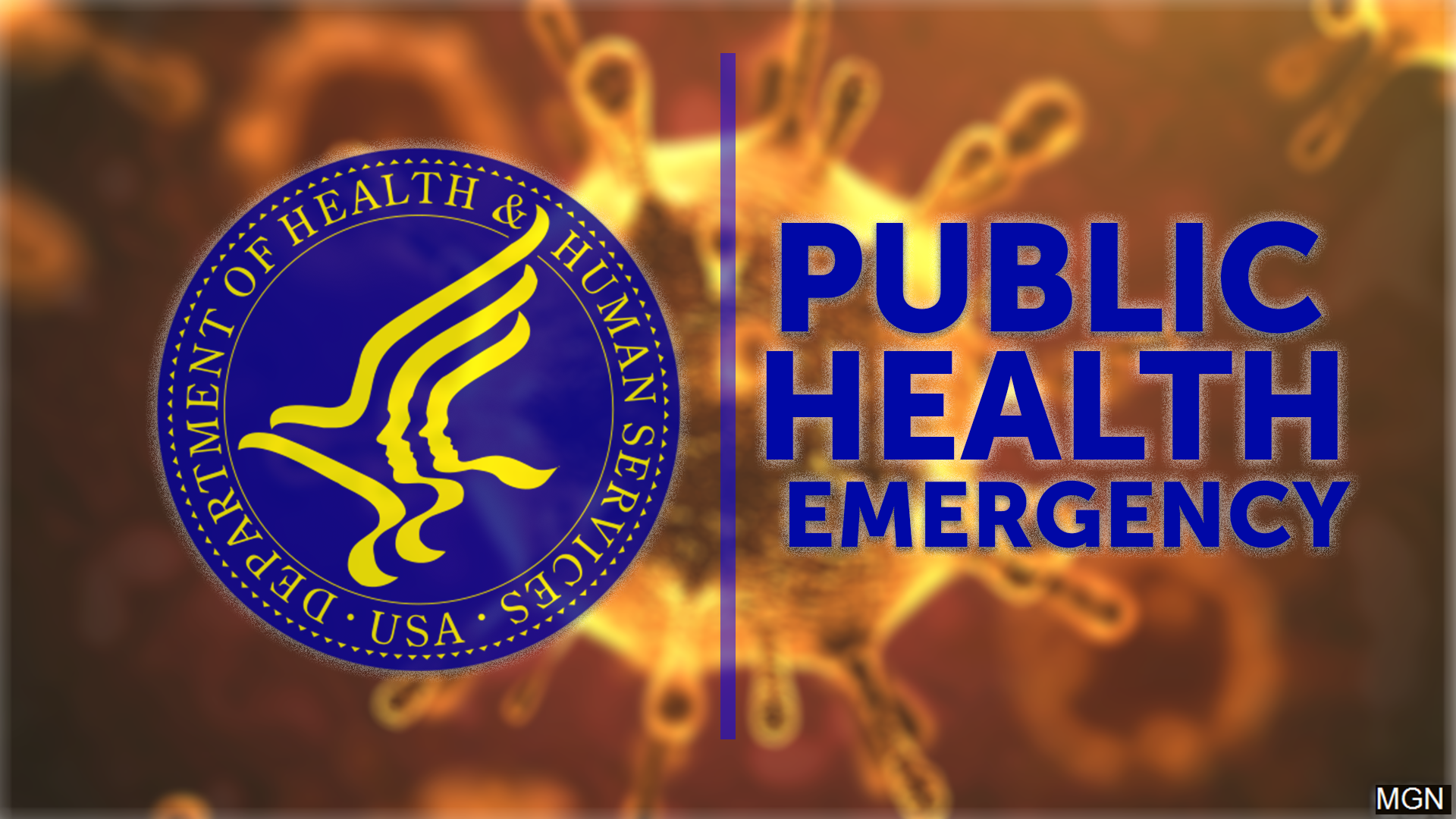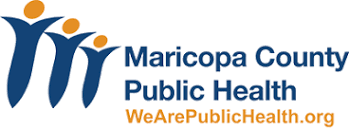The biggest thing that most folks will notice is that payment for COVID testing, treatment and vaccination will start running through people’s regular health plan rather than being paid for separately by the federal government.
Other emergency provisions expire too. For example, vaccination requirements, waivers for the Emergency Medical Treatment and Active Labor Act, enhanced discharge planning & nursing care plans, certain critical access hospital requirements, and some kinds of hospital quality & performance improvement programs will end. You can download an explainer for those things on the Center for Medicare and Medicaid Services website: Guidance for the Expiration of the COVID-19 Public Health Emergency.
From a big picture point of view, COVID-19 will no longer be treated differently… it’ll be treated like any other disease or illness.
Requirements for remaining on Medicaid (AHCCCS) will change a bit too. The COVID-19 public health emergency gave generous incentives to state Medicaid programs if they agreed to not disenroll anybody during the emergency declaration. That disenrollment suspension has expired & AHCCCS has begun determining whether their members still qualify.
AHCCCS thinks about 600,000 of their 2.5 million members may lose eligibility once their year-long redetermination process is finished… and 1/2 of those could be for failing to respond to requests from AHCCCS for information to determine eligibility.
See: AHCCCS Doing Full Court Press to Prepare for Member Redeterminations
The Kaiser Family Foundation put together that summarizes the things that will end or change on Thursday including Medicaid match rates, requirements for private health insurance, and other countermeasures like the numerous Emergency Use Authorizations for COVID-19 tests, and treatments like antiviral agents, monoclonal antibodies, and vaccines.
Here are some bullets summarizing the changes that will happen:
- Coverage, costs, and payment for COVID-19 testing, treatments, and vaccines
- Medicaid coverage and federal match rates
- Telehealth
- Other Medicaid and CHIP flexibilities
- Other Medicare payment and coverage flexibilities
- Other private insurance coverage flexibilities
- Access to medical countermeasures (vaccines, tests, and treatments) through FDA emergency use authorization (EUA)
- Liability immunity to administer medical countermeasures
The end of the federal public health emergency also removes the legal foundation that the U.S. Department of Homeland Security has been using as grounds to immediately turn away and expel people seeking asylum in the U.S. (known as ‘Title 42’).
After Thursday, Customs and Border Protection and the Border Patrol (part of CBP) will no longer be able to immediately expel asylees using Title 42 authority. Many asylees have been waiting in Mexico for the opportunity to request asylum once Title 42 ends… and we’ll begin to see next week whether the system and communities are able to responsibly manage the situation.






